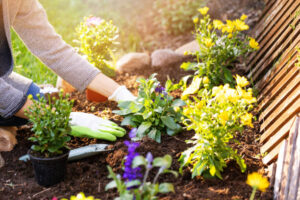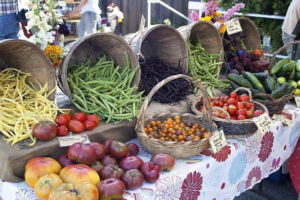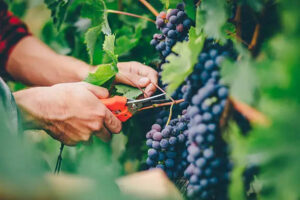Pickling is a fantastic way to preserve cucumbers and enjoy their crisp, tangy flavor all year round. This age-old preservation method involves immersing cucumbers in a solution of vinegar, salt, and various spices, which not only extends their shelf life but also enhances their taste. Whether you prefer dill, sweet, or spicy pickles, the process is straightforward and rewarding. Here’s a beginner-friendly guide to making your own homemade pickles.
Ingredients and Supplies
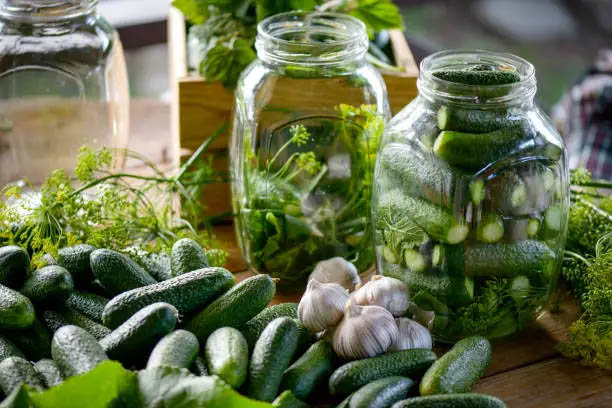
Before you begin, gather the necessary ingredients and kitchen tools:
- Cucumbers: Pickling cucumbers are best, such as ‘Boston Pickling’ or ‘National Pickling’.
- Vinegar: White vinegar or apple cider vinegar are popular choices.
- Water
- Salt: Use pickling or kosher salt, which does not contain anti-caking agents.
- Sugar (optional, for sweet pickles)
- Spices and Herbs: Dill, garlic, mustard seeds, black peppercorns, and red pepper flakes are common.
- Jars: Mason jars or similar airtight containers are suitable for storing pickles.
Basic Pickling Process
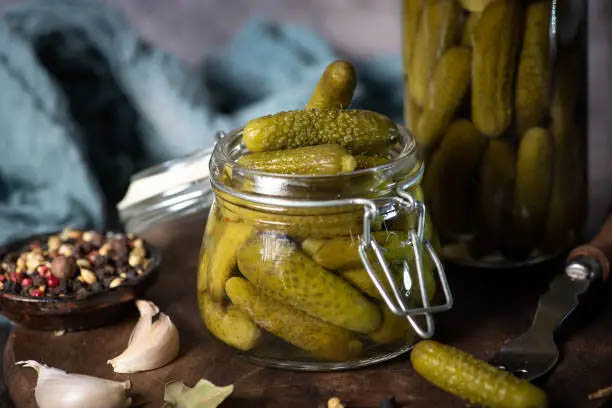
Here’s how to make basic dill pickles:
- Prepare the Jars: Sterilize your jars and lids by boiling them in water for 10 minutes or washing them in a dishwasher on a hot cycle.
- Prepare the Cucumbers: Wash the cucumbers thoroughly. Trim off the blossom end of the cucumber, as it contains enzymes that can soften pickles. You can leave the cucumbers whole, slice them into spears, or cut them into rounds, depending on your preference.
- Make the Brine: The basic brine ratio is 2 cups water to 1 cup vinegar and 2 tablespoons salt. If you want sweet pickles, add sugar to taste. Bring the brine mixture to a boil in a pot, ensuring the salt (and sugar, if using) dissolves completely.
- Add Flavorings: Place your desired herbs and spices at the bottom of each jar. Common additions for a classic dill pickle include a head of fresh dill, a clove of garlic, a teaspoon of mustard seeds, and a pinch of red pepper flakes for a bit of heat.
- Pack the Jars: Tightly pack the cucumbers into the jars over the spices.
- Pour the Brine: Pour the hot brine over the cucumbers in the jars, leaving approximately 1/2 inch of headspace. Make sure the cucumbers are completely submerged in the brine.
- Seal and Store: Wipe the rims of the jars with a clean cloth, place the lids on the jars, and tighten the rings. Allow the jars to cool to room temperature. For best flavor development, refrigerate the pickles for at least 48 hours before eating. Pickles will keep in the refrigerator for several weeks.
Additional Tips
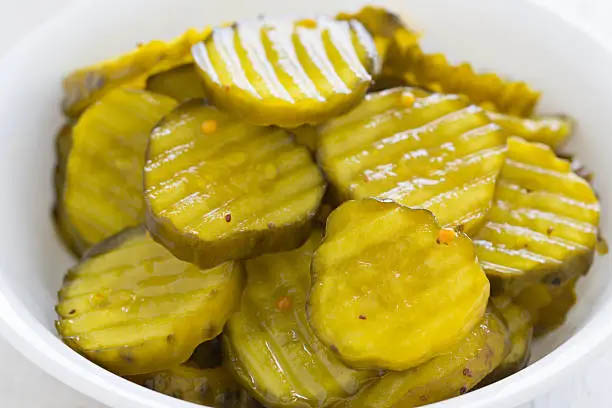
- Crispness: To ensure your pickles stay crisp, you can add grape leaves or a small amount of alum to each jar; both contain tannins that help maintain crunch.
- Flavor Variations: Experiment with different spices to find your preferred flavor. For sweet pickles, add more sugar, along with spices like cinnamon and cloves.
- Safety: Ensure all jars and lids are free from chips or cracks to ensure a safe seal.
Homemade pickles are a delicious, fun, and rewarding DIY project that can also make a thoughtful gift for friends and family. By following these basic steps, you can turn fresh cucumbers into delicious pickles to enjoy throughout the year.


